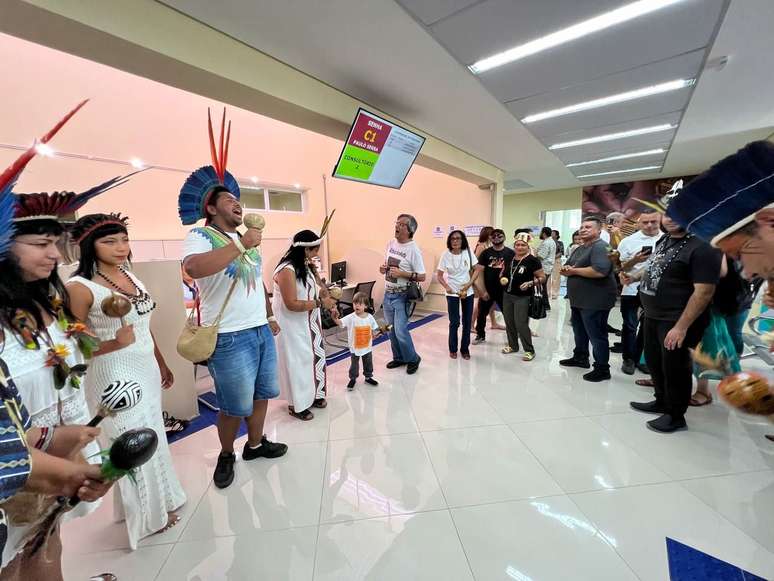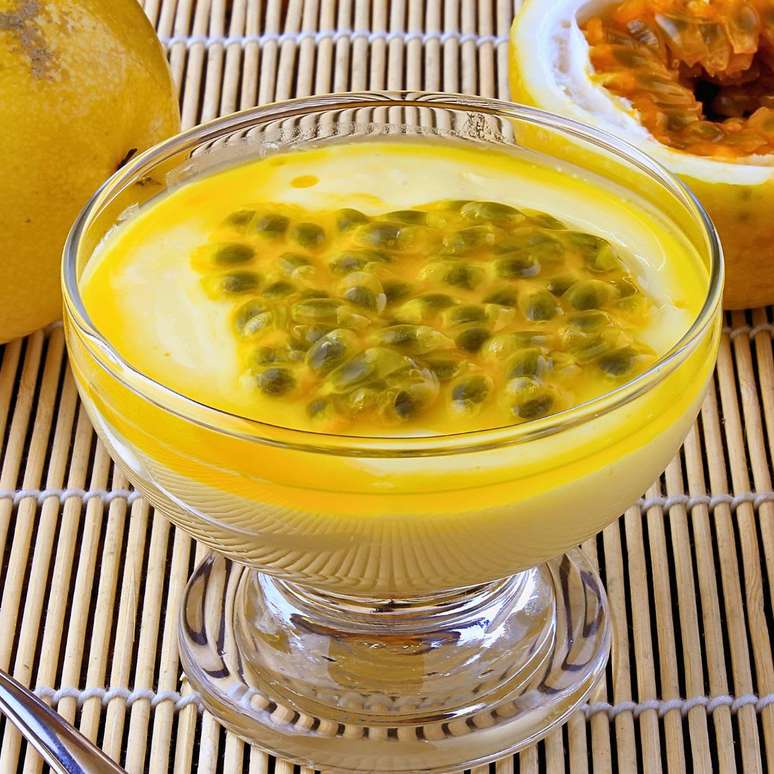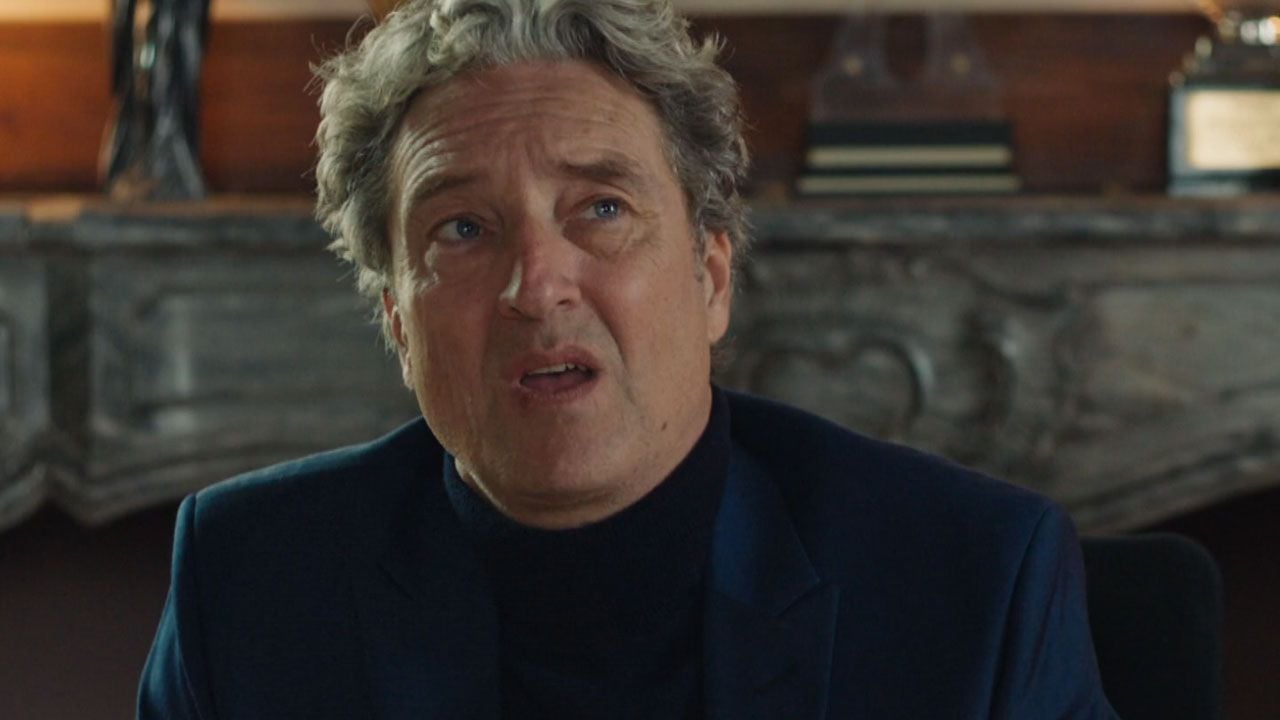The specialized service started a year ago in Santo André (SP). The natives populate the suburbs of St. Paul and the cities around
Summary
The Greater ABC or ABC Paulista is made up of seven cities in the metropolitan region of San Paolo: Santo André, Sao Bernardo do Campo, Sao Caetano do Sul, Diadema, Mauá, Ribeirão Pires and Rio Grande Da Serra. The Indians of various ethnic groups regain their spaces for the edges of these and other cities in the capital of the state.
The only reference service in the indigenous health of ABC Paulista Operating for a year at the family clinic of the San Jorge district, in Santo André (SP). The service was won, above all, by the articulation of the original peoples who, during the Covid-19 pandemic, felt the fear of vaccinating and jeopardizing when they looked for the vaccine.
The need for a specialized service was evident. “The care of indigenous health was won with a lot of struggle, many years ago we articulated,” says Nivia Pankararu, 22 years old, an indigenous artist.
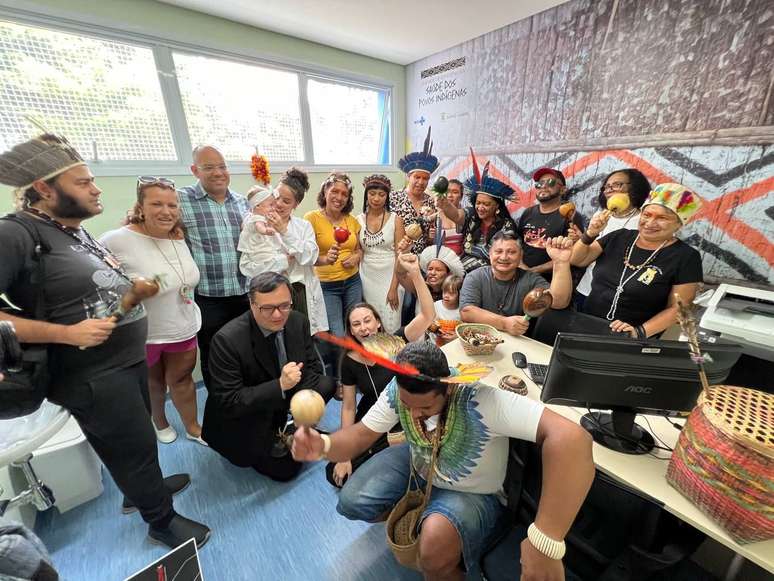
In the San Paolo ABC region, the original peoples are Guarani, Pataxós, Parkara, Pankarus, among others. In Santo André, just over 600 live; In ABC, about 3,000, most of San Bernardo do Campo, according to the 2022 census of the Brazilian Institute of Geography and Statistics (IBGE). Almost all of them are on the suburbs.
On the road to obtain specialized health care in Santo André, the natives were inspired by units such as Favela Real Parque, south of San Paolo, with a great contingent of Pankarus.
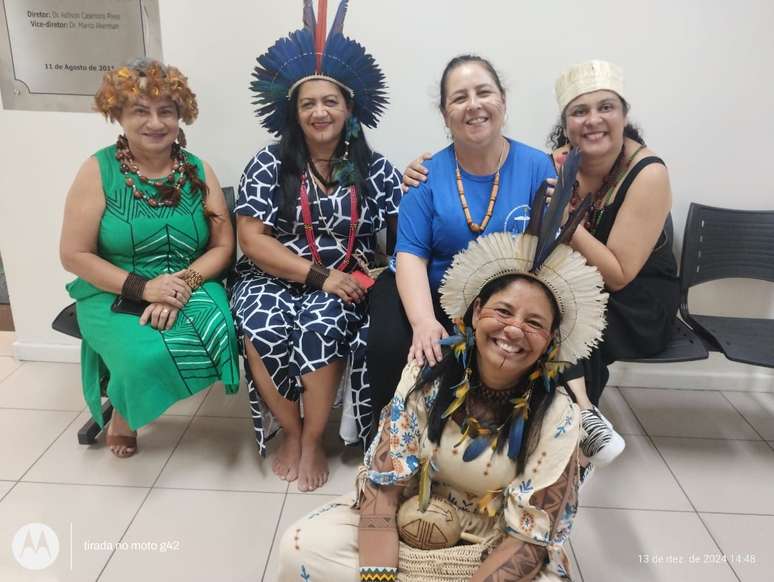
Pressure for care and care to indicate professionals
The indigenous people had the execution of the Federal Public Prosecution Service (MPF), which convened meetings of health representatives of the great ABC. Among the statements, a professional specialized every 200 indigenous people.
The Xingú project of the Federal University of São Paulo (UNIFESP) also entered the scene, with experience of over six decades, which offers a specialized health training of the original peoples.
“It is not because we are in the city that we are disconnected from the territory, our people”, explains Nivia Pankararu. The indigenous people of San Paolo and the surrounding cities have left their villages, in particular looking for job opportunities in large cities.
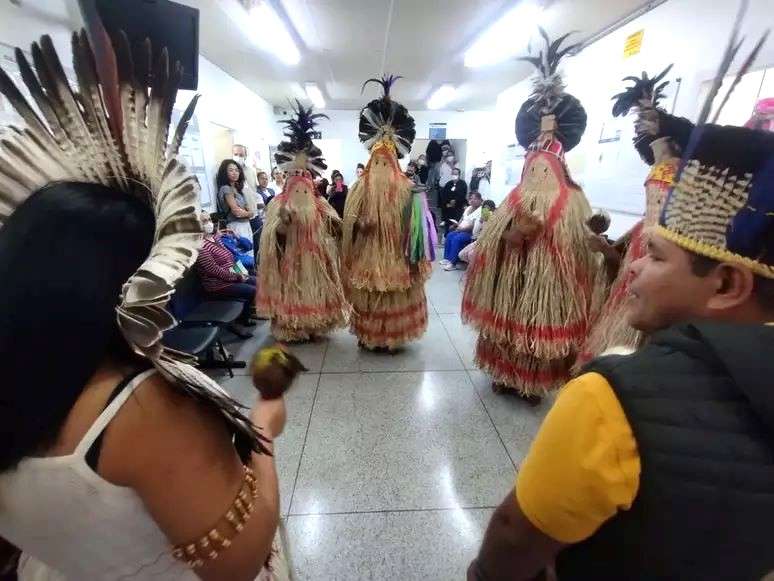
Secret service: listening time
In Santo André, specialized indigenous health care is made by the nurse Helen Christian and doctor Nicole Bueno Costa. “There are no more tools or medicines; in reality they are less barriers,” explains the doctor.
Teas, bottles, rituals, skills of trees and prayers enter the complex dialogue with traditional medicine during consultations. “It is important to understand how the natives face the disease, if it believes it is a spiritual process, for example,” says the doctor.
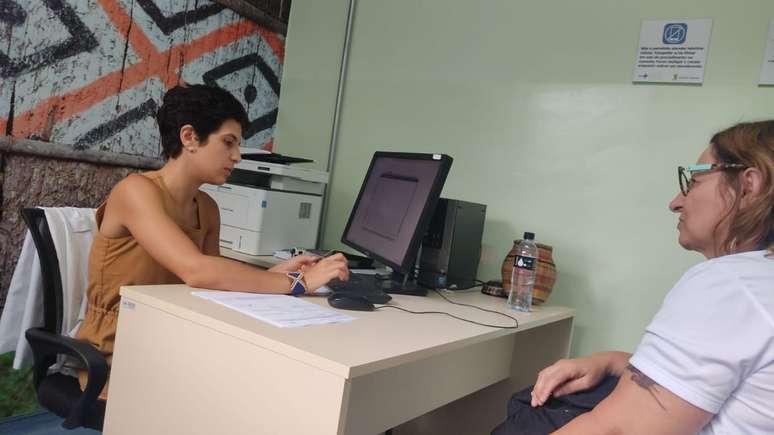
The main aspect of the specialized service is the consultation time: an hour, which can be longer or lower, as appropriate. In Favela Real Parque, where the doctor also meets, there are twenty minutes, shorter time, with variations, because the relationship has been established longer.
To Santo André, Nicole served accompanied by the nurse Helen Christian. Professional for 14 years, he has been held. “There is a great affection. Today I feel at home. They arrive, the conversation requires quickly, soon we interact,” reports the nurse.
Source: Terra
Ben Stock is a lifestyle journalist and author at Gossipify. He writes about topics such as health, wellness, travel, food and home decor. He provides practical advice and inspiration to improve well-being, keeps readers up to date with latest lifestyle news and trends, known for his engaging writing style, in-depth analysis and unique perspectives.

